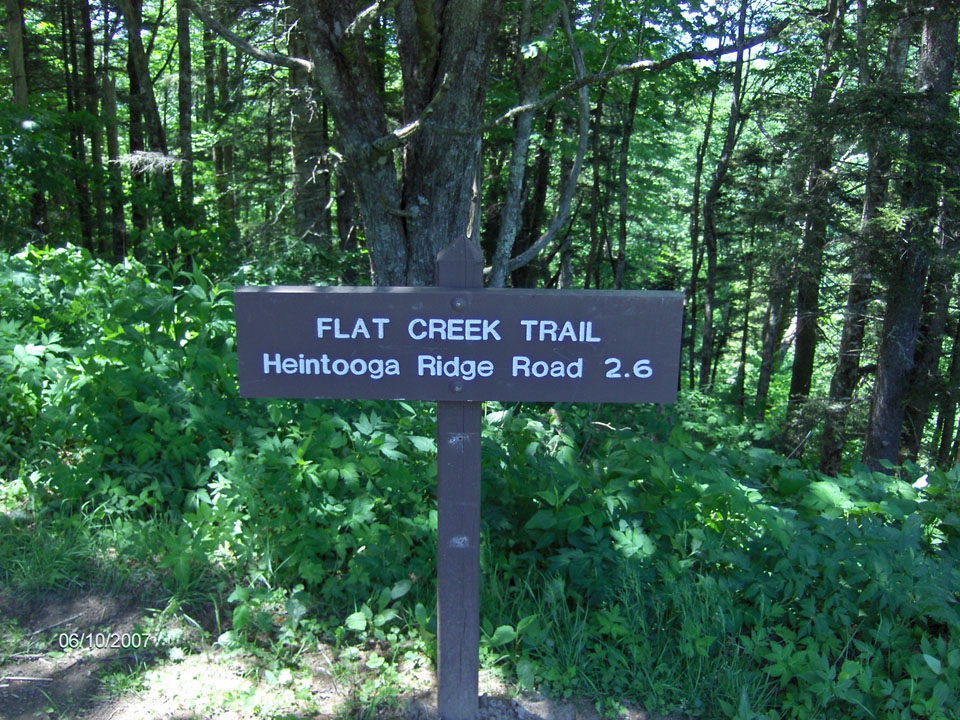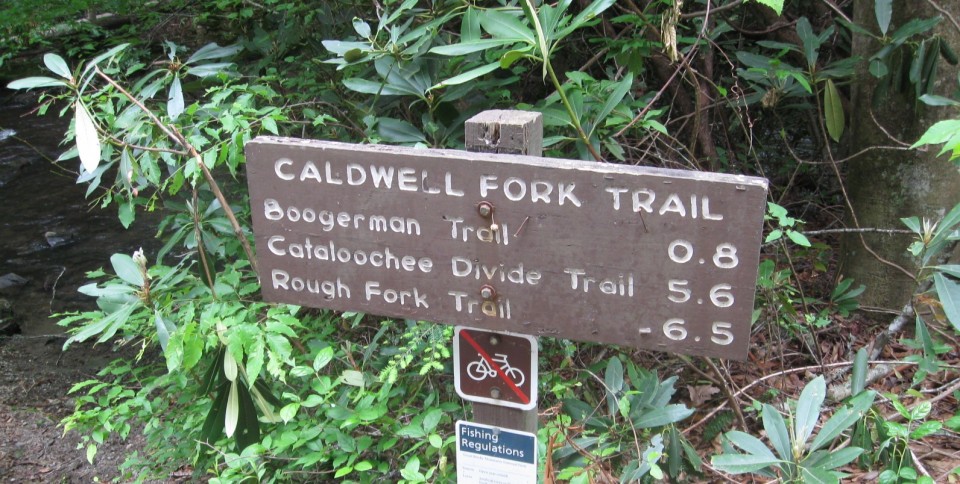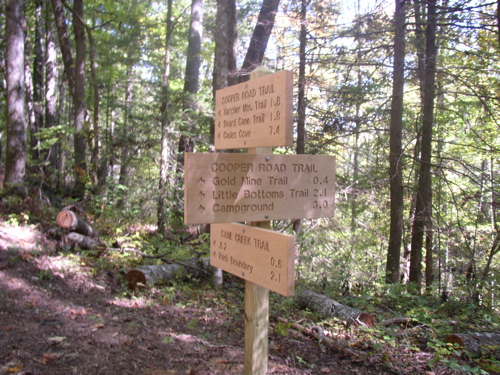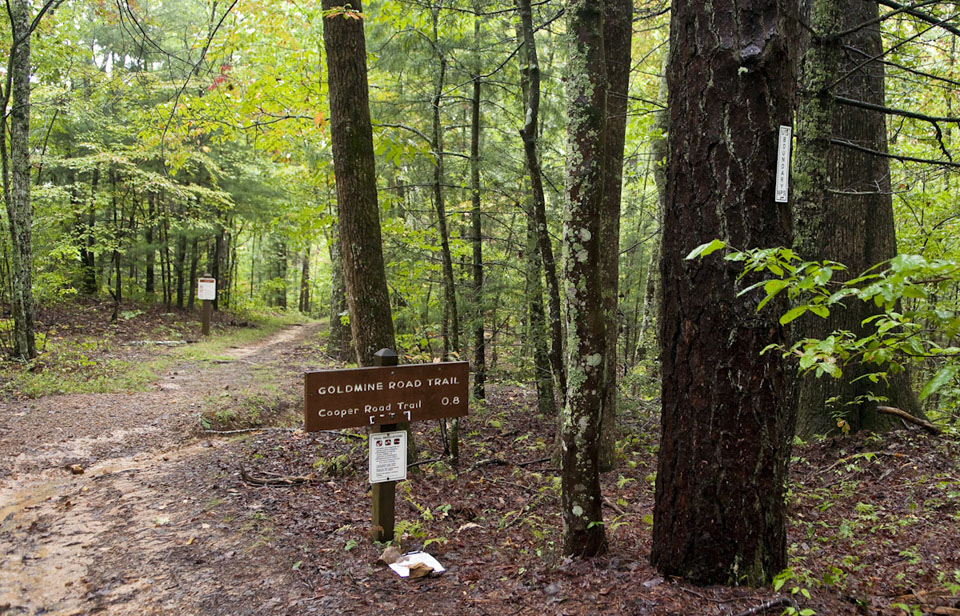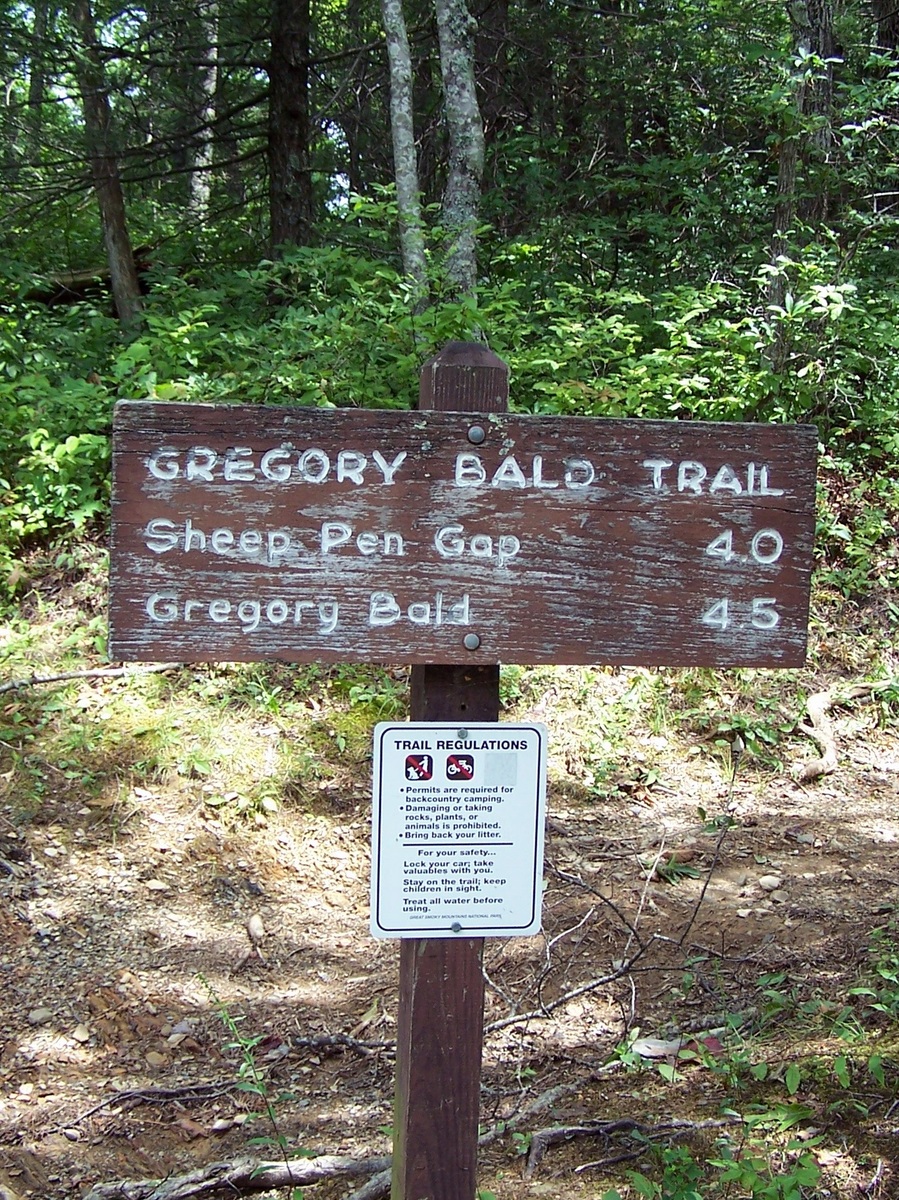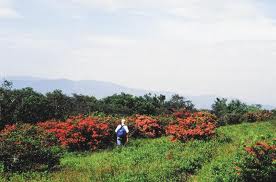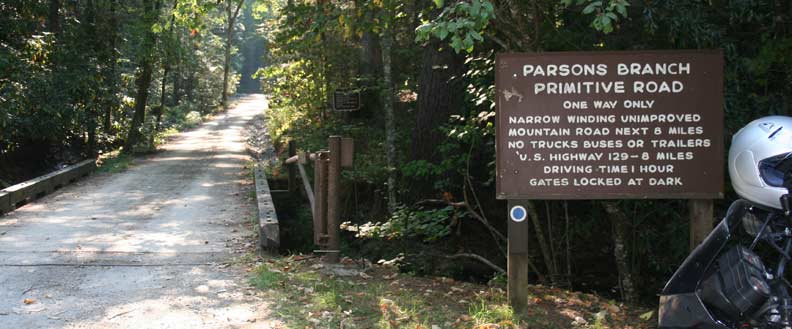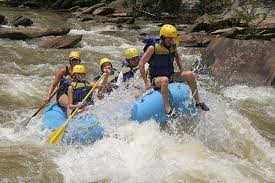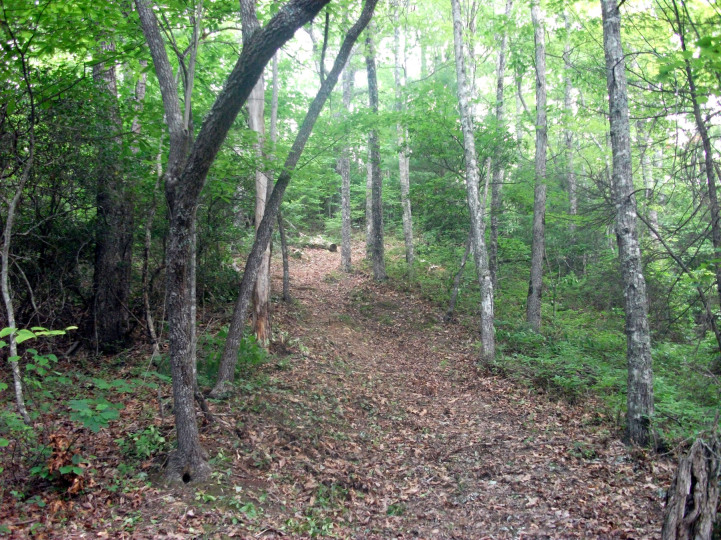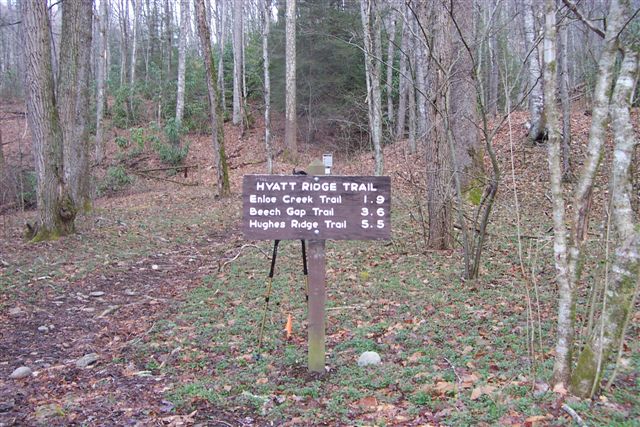You’ll start out right smack dab on the border of Tennessee and North Carolina if you’re upcoming hiking plans call for a trip along the Jenkins Ridge Trail in the Great Smoky Mountains. It’s an 8.9 mile trek to be specific, and not for the novice hiker either.
The starting point for the Jenkins Ridge Trail is at a place called Spence Field where it meets the Appalachian Trail. It ends at the junction of the Hazel Creek Trail and backcountry campsite No. 84. It’s a wonderful trail to take in some of the Smokies’ most majestic views.
As mentioned, the Jenkins Ridge Trail begins high up in the Smokies at Spence Field. Traveling south, the Jenkins Ridge Trail leaves the Appalachian Trail at 0.6 mile into the hike. This is prime blueberry area too, so take notice as you start out. This also means that this is bear and deer country. The blueberries are known to attract both creatures, especially during the month of September when the berries are at their most ripe.
Entering a hardwood forest, you’ll make a rock hop 1.8 miles in across Gunna Creek. The trail goes on to climb Blockhouse Mountain and after a slight descent makes its way back up Haw Gap 2.8 miles in. This is another area full of lush vegetation including blackberries, bee-balm, serviceberry and the like. Haw Gap itself lies between Blockhouse Mountain to the north and De Armond Bald to the south. Hiking along the ridgetop, you along pass along tributaries like Paw Paw Creek to the west.
Hikers reach Cherry Knob at 4.2 miles on the trail. From here the trail will start to drop off steeply through various hardwoods, then you’ll cross Woodward Knob and continue on the descent.
Pickens Gap is reached at mile 6.5 on the trail. From here, you’re hiking down a roadway to the Hazel Creek Trail. You’ll also pass the confluence of the Little Fork and Sugar Fork creeks about a mile from Pickens Gap. From the meeting with the Little Fork, about a quarter mile, you’ll notice a tub meal in the creek which at one time supplied corn meal to about 40 families living in the area.
Two miles from Pickens Gap you’ll notice a trail that leads up to the right, however light it may be, that leads to Higdon Cemetery. It’s about a quarter of the mile up the trail and contains around 20 graves. Moving on, you reach the junction with the Hazel Creek Trail at mile 8.9 and the end of the Jenkins Ridge Trail. Enjoy the rest of your time in the Smoky Mountains and happy hiking!
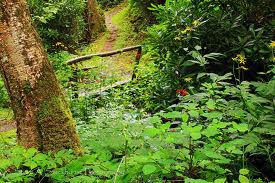 There are some great sights and lookouts along the way as well as a few stream crossings that are said to contain native brook trout along this trail, just off the Blue Ridge Parkway and past the Balsam Mountain Campground.
There are some great sights and lookouts along the way as well as a few stream crossings that are said to contain native brook trout along this trail, just off the Blue Ridge Parkway and past the Balsam Mountain Campground.